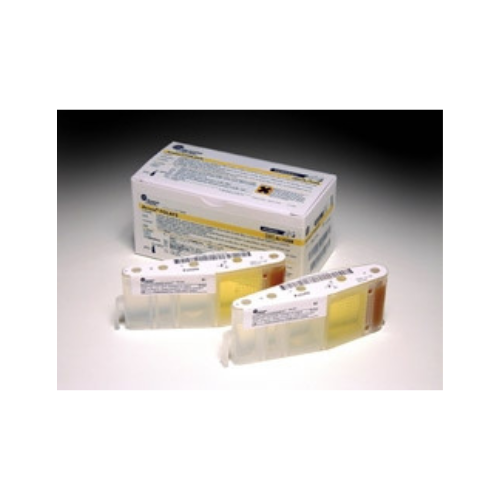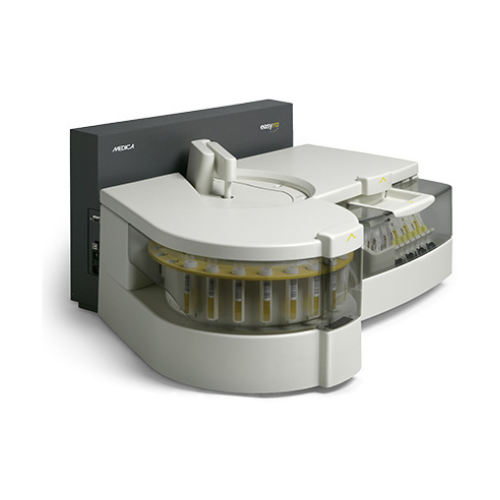For Business Use Only. Does Not Ship to Residential Addresses. For use inside an Analyzer, Sold Separately.
Beckman Coulter Access hFSH Reagent, 100 Determinations, 2 x 50 tests
Product Code: 33520
Manufacturer: Beckman Coulter
Shipping Weight: 5.00lbs (2.27kg)
Specifications
Brand: Access®
Manufacturer: Beckman Coulter
Country of Origin: United States
Application: Reagent, Rental
Number of Tests: 100 Tests
Number of Tests: 100 Tests
Test Name: Follicle Stimulating Hormone (FSH)
Test Type: Reproductive Endocrinology Assay
Intended Use
The Access hFSH assay is a paramagnetic particle, chemiluminescent immunoassay for the quantitative determination of follicle stimulating hormone (FSH) levels in human serum and plasma using the Access Immunoassay Systems.
Summary and Explanation
Human follicle stimulating hormone (hFSH, follitropin) is made up of two non-identical, covalently-associated glycoprotein subunits, denoted alpha and beta. It has been reported that the beta subunit of the 30,000 dalton molecular weight hFSH contains two asparagine-linked carbohydrate chains. The alpha subunit is similar in structure for the glycoproteins hFSH, hCG, hLH, and hTSH. It is differences in the beta subunit of these glycoproteins which contributes to immunological and physiological specificity.
Human FSH is secreted by the gonadotropic cells of the anterior lobe of the pituitary gland in response to gonadotropin releasing hormone (GnRH) from the medial basal hypothalamus. Both hFSH and hLH are secreted in a pulsatile nature, however, this is less noticeable for hFSH perhaps due to the longer half life of hFSH in circulation. Levels of circulatinghFSH vary in response to estradiol and progesterone. In a normal menstrual cycle, a slight peak of hFSH is observedtoward the end of the luteal phase (most likely triggered by a fall in estradiol and progesterone which eliminates the negative feedback effect.) This begins the growth and maturation of ovarian follicles. The levels of hFSH then fall and remain low through the follicular phase (due to negative feedback from estradiol and progesterone produced by the developing follicle.) At mid-cycle GnRH triggers a rise in hFSH.
Human LH and FSH levels are commonly determined in investigations of menstrual, fertility, and pubertal developmental disorders such as premature ovarian failure, menopause, ovulatory disorders and pituitary failure. The ratio of hLH/hFSH has been used to assist in the diagnosis of polycystic ovary disease. Low levels of hLH and hFSH may indicate pituitary failure while elevated hLH and hFSH levels along with decreased levels of gonadal steroids may indicate gonadal failure (menopause, ovariectomy, premature ovarian syndrome, Turner's Syndrome). Low gonadotropin levels are usually observed in females taking oral steroid-based contraceptives. In the male, elevated hFSH and hLH with low levels of gonadal steroids may indicate testicular failure or anorchia. In Klinefelter's syndrome hFSH may be elevated due to Sertoli cell failure.











